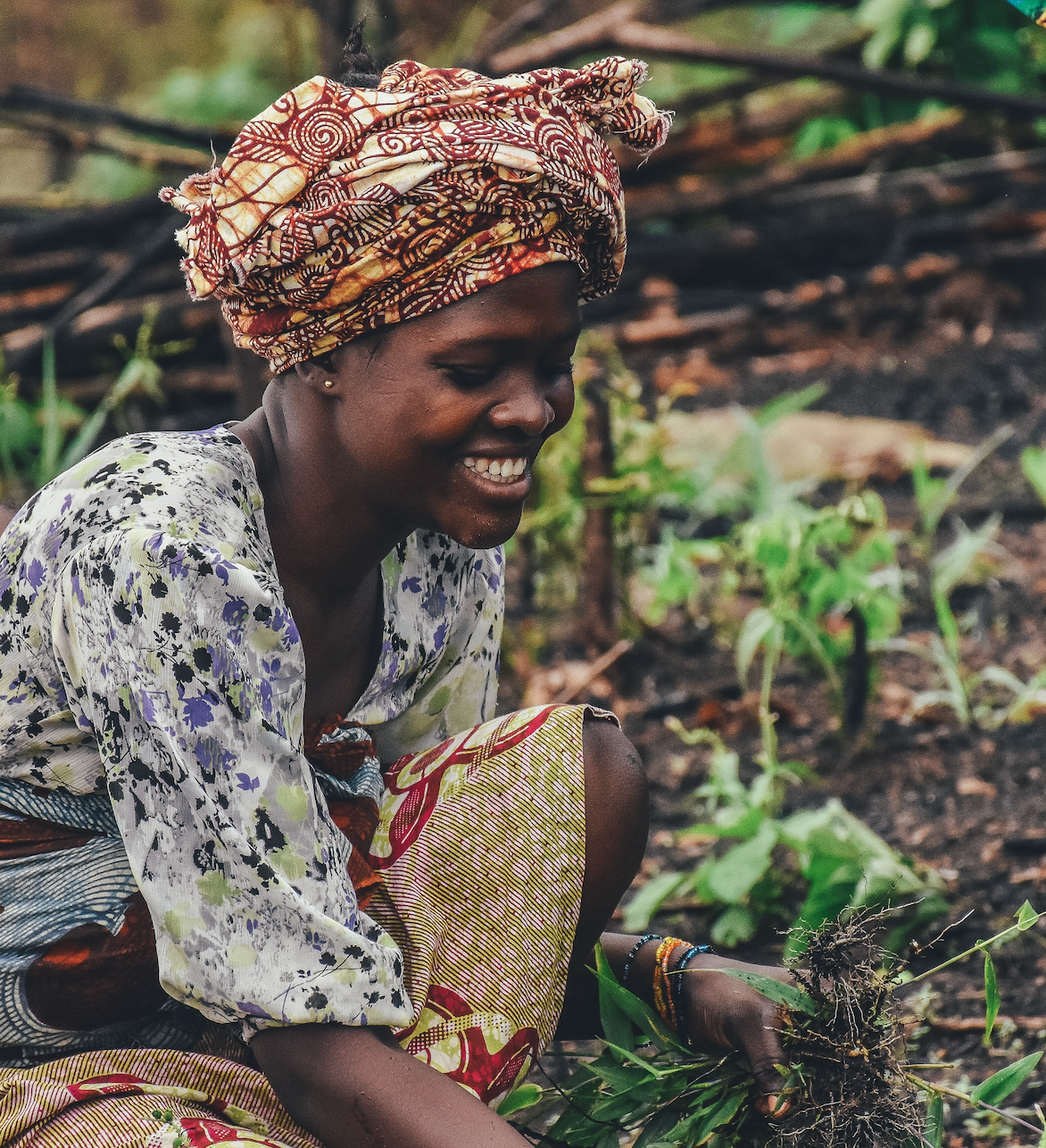HIV Prevention Plan in Namibia Shows High Prevalence of Risk Factors
Study authors from the CDC found that girls in the sub-Saharan country of Namibia are at increased risk for HIV acquisition and also experience risk factors that make them eligible for HIV infection prevention programs.

Almost two-thirds of young women and girls in Namibia were found to have one or more risk factors associated with HIV infection acquisition, but they are also eligible for programming aimed at reducing HIV infection, according to the CDC’s Morbidity and Mortality Weekly Report.
The CDC study authors wrote that young women and girls from sub-Saharan Africa account for a disproportionate number of new HIV infections compared to their male peers. The Determined, Resilient, Empowered, AIDS-free, Mentored, and Safe (DREAMS) program was introduced to the southern African country of Namibia in 2017 with aims of reducing factors that contribute to vulnerability to HIV infection in this population.
Young women and girls aged 13 to 24 years were targeted for DREAMS program services, and an analysis at the time showed 62 percent of women in that age group were eligible due to meeting at least one criterion, the study authors explained. Some of these criteria included adverse childhood experiences, such as physical, emotional and sexual violence and being an orphan, and high risk behaviors such as early alcohol use, recent heavy alcohol use, and infrequent condom use.
From the DREAMS data, a Namibia government ministry ran an intervention that measured 4,211 13- to 17-year-olds and compared them to 18- to 24-year-olds. Of those participants, 175 had known HIV infection and were excluded. The remaining 4,036 girls without known HIV infection 18%, 42%, and 40% were aged 13–14, 15–19, and 20–24 years, respectively, the study authors wrote.
The highest prevalence of having at least one criterion was found among girls aged 13 and 14, at 71 percent, followed by women 20-24 years, the study authors wrote. The group with the lowest prevalence, those aged 15 to 19 years, still had 57 percent that met at least one DREAMS criterion, the study authors observed. The study authors also found that 28 percent of those 13 and 14 years old, 28% of those aged 15 to 19, and 23 percent of those aged 20 to 24 years met two or more criteria.
For the 13- and 14-year-olds, the most common criteria met was experiencing physical or emotional violence in the past 12 months (50 percent), early alcohol use (21 percent), and orphan status (19 percent), the study authors found. For those aged 15 to 19, the common criteria met included orphan status (23 percent), experiencing lifetime sexual violence (19 percent) and being out of school (18 percent). For the older group, 20 to 24 years, the study authors found that commonly met criteria included infrequent condom use in the last 12 month (39 percent), experiencing sexual violence (26 years) and recent heavy alcohol use (18 precent).
“The DREAMS approach of implementing multiple interventions, such as HIV and violence prevention programming, post-violence care services, HIV testing, preexposure prophylaxis, parenting/caregiver support, and a combination of socioeconomic approaches, addresses the multiple needs of adolescent girls and young women at risk for acquiring HIV,” the study authors concluded. “This multipronged approach can, in turn, lead to reductions in HIV risk behaviors, exposure to violence, and HIV and violence-related outcomes.”
